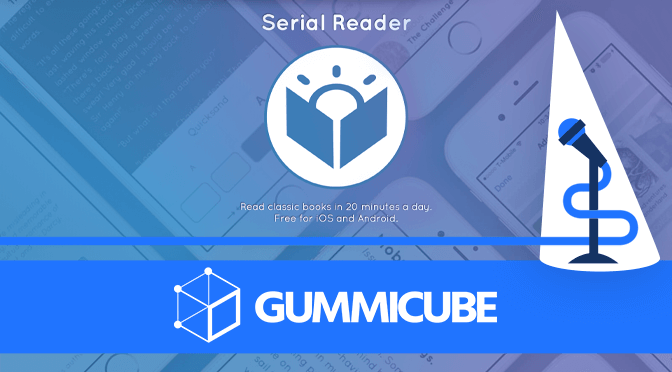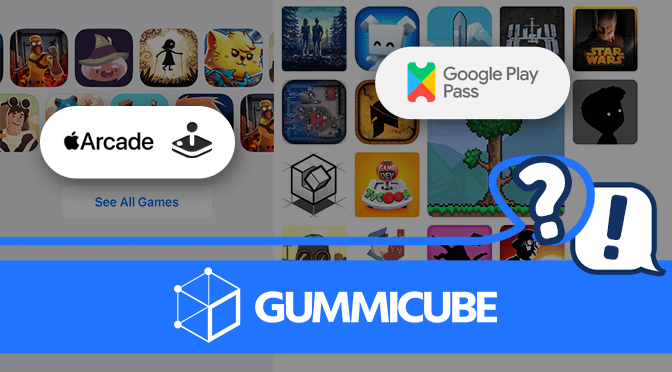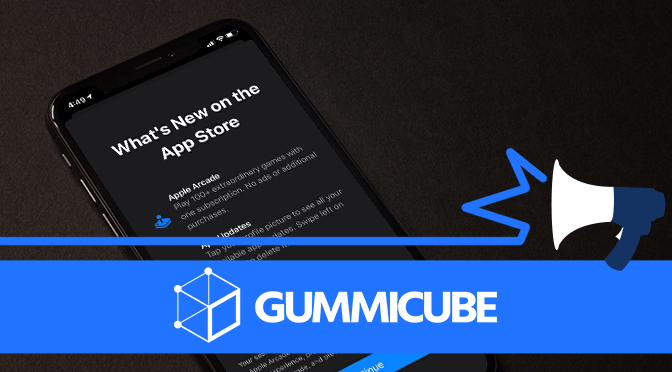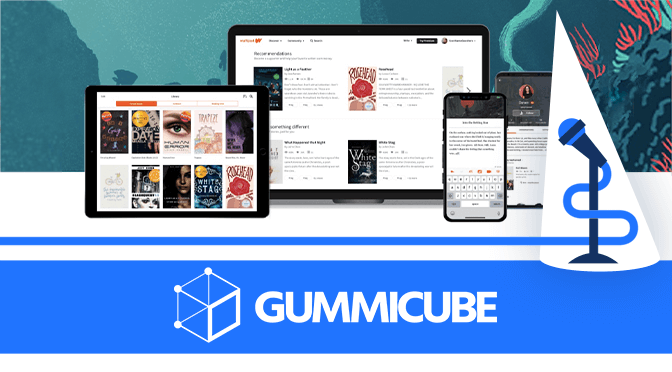
Designing Your Creative Sets for Dark Mode
Posted on October 9th, 2019
An app’s creative set will be a potential user’s first impression of your app. A study by neuroscience research company Neurons Inc. found that mobile advertisements trigger reactions in less than half a second. Similarly, developers only have a brief moment to make an impactful first impression on users who discover their app while scrolling through App Store search results. A split second can make all the difference in converting users, particularly in search, where 70% of installs come from.












